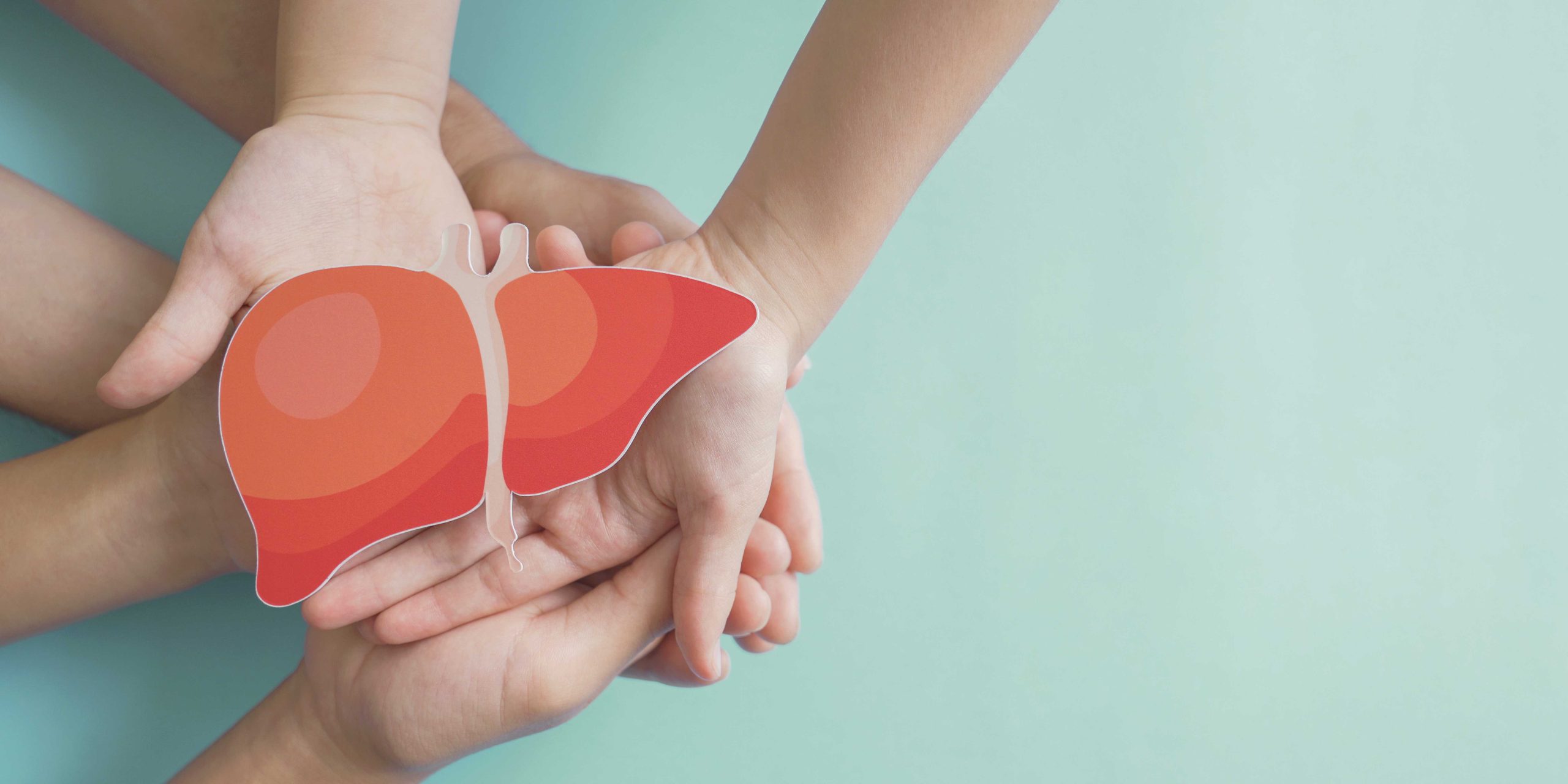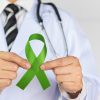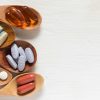Did you know your liver is something of a superhero in your body? As one of your largest and most vital organs, it performs over 300 essential functions. It detoxifies the body, aids in digestion, and even supports other organs to function properly. Despite its crucial roles, liver health often goes overlooked.
Liver disease, particularly MASLD (metabolic dysfunction associated steatotic liver disease) and its more severe form, MASH (metabolic dysfunction associated steatohepatitis), commonly known as fatty liver is on the rise globally and in Singapore. A recent study suggests that MASLD could affect 40% of the adult population in Singapore.1 Linked closely with common metabolic conditions like hypertension, high cholesterol, diabetes, and obesity, MASLD can progress to serious complications such as end-stage liver failure and liver cancer if not addressed early. MASLD is now the leading cause why people require liver transplants.
How Does Fatty Liver Disease Lead to Liver Cancer?
MASLD begins with the accumulation of fat in the liver, which leads to inflammation and scarring (fibrosis). Over time, this can result in cirrhosis, or the hardening of the liver, and in severe cases, liver failure or liver cancer. In fact, MASLD is a leading cause of liver cancer in the South East Asia, following viral hepatitis.2
Unfortunately, MASLD often doesn’t show early symptoms and is usually detected at advanced stages when the disease is irreversible. With liver cancer cases expected to rise, early detection through regular screening is crucial.
What Can You Do to Detect Liver Disease Early?
Screening is key to catching liver issues before they worsen. The liver’s remarkable ability to heal and regenerate means early detection can prevent serious conditions like MASLD from escalating to liver cancer.
Screening is important if you have risk factors such as a family history of liver disease, obesity, or diabetes. Current guidelines published by the American Association of Clinical Endocrinology3 recommend a multi-step screening protocol that starts with a simple blood test like the Fibrosis-4 (FIB-4), which helps assess the risk of fibrosis. Depending on FIB-4 results, this may be followed by a safe, bedside test called transient elastography, which uses sound waves to measure liver stiffness.
How Can You Actively Reduce Your Risk of Liver Disease?
Apart from screening, prevention is better than cure. Maintaining a healthy lifestyle is essential for liver health. Good habits include maintaining a balanced diet, reducing alcohol intake, and engaging in regular exercise.
By increasing awareness and encouraging regular screenings, we can manage and potentially reverse the course of liver diseases. Let’s take action to support our liver’s health, ensuring it continues to perform its critical functions effectively.
This article is contributed by Dr Mark Muthiah, Senior Consultant, Division of Gastroenterology & Hepatology, Department of Medicine, National University Hospital, Medical Director & Senior Consultant, Adult Liver Transplantation Programme, National University Centre for Organ Transplantation, National University Hospital, Assistant Professor, Department of Medicine, Yong Loo Lin School of Medicine, National University of Singapore.






